
Quickly, a whole zoo accumulates in the child’s room. Stuffed animals have significant psychological importance for children, but experts in child-rearing argue that there shouldn’t be too many. The biggest challenge is conveying this message to both children and relatives.
“A child doesn’t need 20 stuffed animals,” says Ulrich Gerth, Chairman of the Federal Conference for Parental Counseling. It should definitely be able to keep track – Gerth considers five or six to be a good number.
Stuffed Animal Ban for Grandma and Grandpa
If grandparents, uncles, and aunts bring a new teddy bear with them on every visit, parents should intervene. Either by pointing it out to the relatives or, if that doesn’t help, by keeping some of the toys. When choosing stuffed animals, parents are best off relying on their own taste. “But often, the one the parents find the ugliest is exactly the one the child desires the most,” says Gerth.
Children Need Transitional Objects
According to Gerth, stuffed animals serve as transitional objects for children. In the first months, it’s a substitute for the mother when she’s not always around. Later – for example, in kindergarten – it helps establish a connection to the familiar in an unfamiliar environment. However, by kindergarten age, it should stop being taken everywhere all the time.
Don’t Simply Take Away the Stuffed Animal
Parents should gently wean their child from its constant companion. Taking away the favorite stuffed animal or toy abruptly would be cruel. Especially for young children, it’s an important sleep aid and provides comfort in other frightening situations. It should stay at home more often in daily life and only be present at bedtime. To ensure children don’t entirely forego familiar items, Gerth recommends a chain or bracelet as an alternative.
What Toys Children Really Need
Most children not only have too many stuffed animals. In general, less is more when it comes to toys. Too much overwhelms children and hampers creativity instead of fostering it. Experts believe that children only need six types of toys: a cuddly toy or doll for affection, play equipment that promotes motor skills and movement like scooters or swings, art supplies and building blocks for creativity and spatial thinking, simple rhythm instruments to discover sounds, and board games to train social skills.
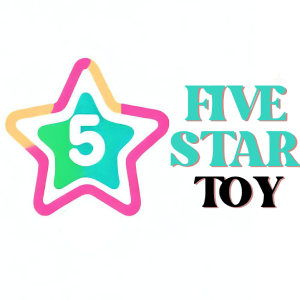
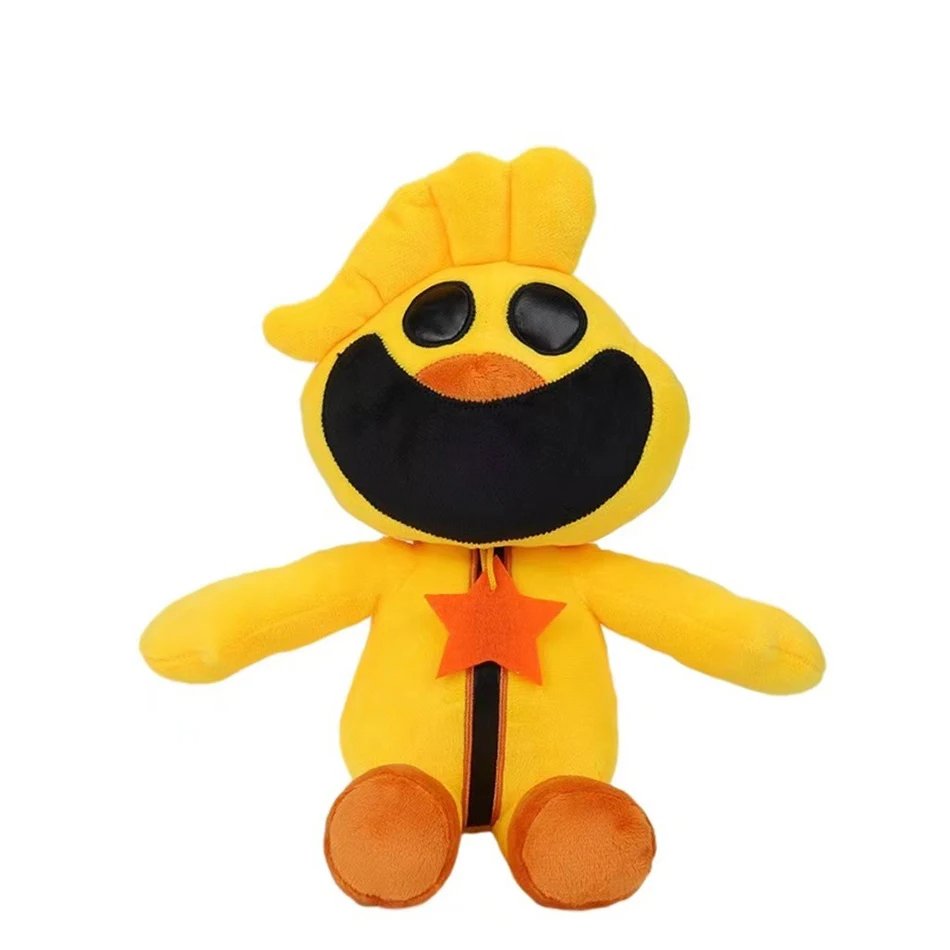
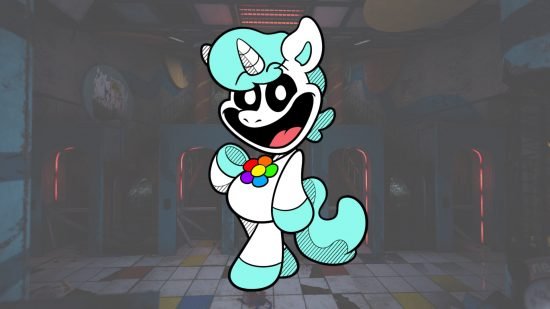
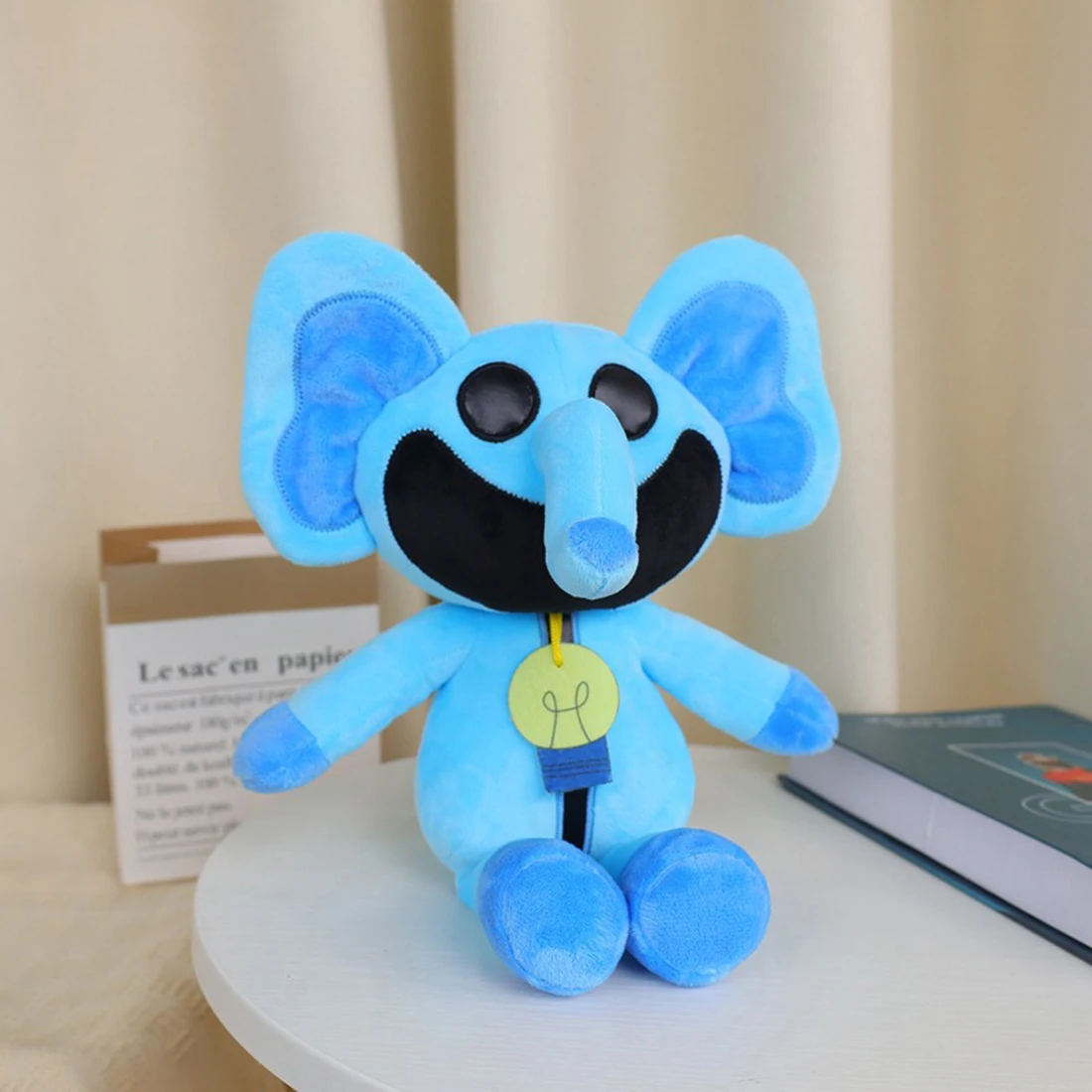


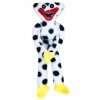
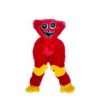


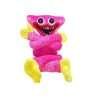
Leave A Comment